War has changed a lot over the years. The earliest battles were probably fought with sticks and stones. Later, we evolved to use swords and bows. And now we can kill people on the other side of the planet with the click of a button. Typically, any war or battle takes place in a geographical area that is actually connected to both, or at least one, side of the conflict. But it doesn’t always work that way.
10. A battle of the American Civil War took place off the coast of France.
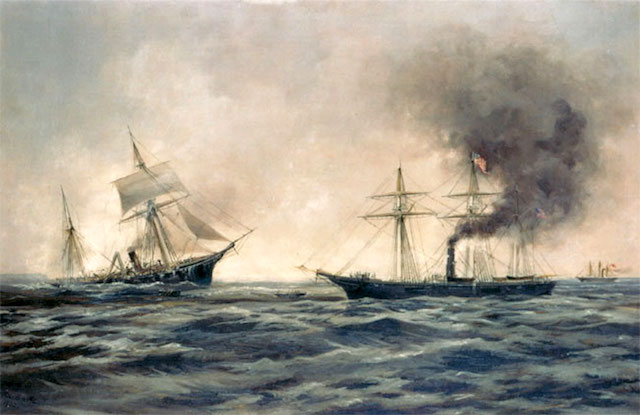
If you've taken an American history class, you've heard about the American Civil War. The conflict between the Union and the Confederacy was largely about issues related to slavery. You could say that the war was fought between the North and the South, since that was a loose division of power. But in general, that distinction between North and South applied specifically to the United States itself. And then happened Battle of Cherbourg .
Cherbourg is not in the northern or southern states. It is not in the United States at all. Instead, it is in France. The battle was a naval conflict that took place off the coast between the CSS Alabama , a Confederate ship, and the USS Kearsarge , a Union ship.
Alabama was in France for modernization and repairs. Kearsarge received the news and went to check. The captains of each ship agreed to a duel in neutral waters and a few days later went to sea, but " Alabama" could not fight with anyone. Their ammunition was of poor quality, and one shell even hit the enemy's sternpost and didn't break It is currently on display in a museum.
In the end " Alabama" gave way to the Union vessel and sank. Some of the crew died, but many were saved Kearsarge , as well as a British yacht.
9. The United States and Great Britain fought a naval battle on Lake Erie.
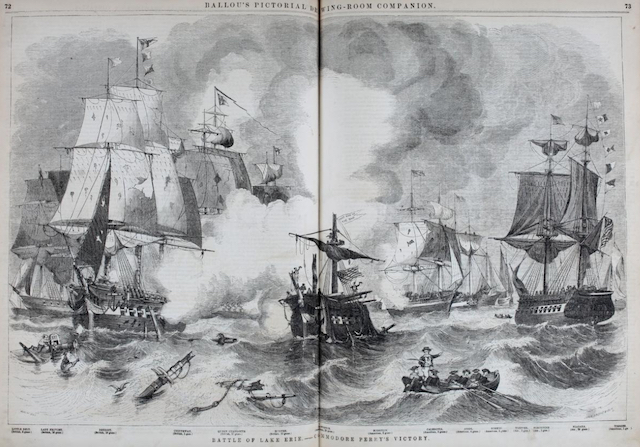
On September 10, 1813, six British ships were spotted in Lake Erie. American forces had cut off British supply lines by taking the lake, and the British were trying to retake it. Although the British forces had superior long-range weapons, the Americans had more ships with better short-range weapons. Their pursuit was hampered by light winds on the lake, until the fickle fortunes of the day left Americans behind so that they could get close to the British, who had no choice but to fight.
At first fortune favoured the British ships, and the American flagship " Lawrence" suffered greatly from the enemy. Part of the problem was that the American ship "Niagara" actually retreated from the battle and did nothing.
The American vessel was dead in the water. Many of the crew were killed and wounded, and all the guns facing the enemy were destroyed. Captain Oliver Perry took several of the crew, launched a launch, and sailed to Niagara , avoiding attacks from the British fleet. They somehow remained unharmed and took control of their sister ship.
The British forces, although almost victorious, suffered serious damage in the destruction of the Lawrence. Now completely intact "Niagara" could break through their lines and destroy the fleet with the help of smaller warships. Four British ships were forced to surrender, and two escapees were captured.
The British were forced leave Detroit , and this battle turned the tide of the northwestern campaign.
8. The Battle of Manila was a mock battle in the Spanish-American War.
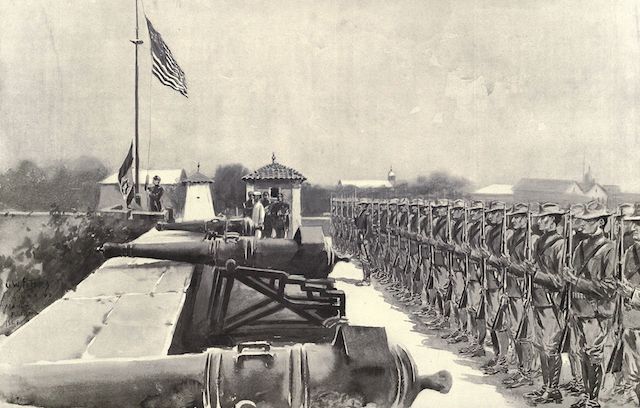
The Battle of Manila Bay was part of the Spanish-American War. In the battle, American forces led by Commodore George Dewey defeated the Spanish fleet and ended the war. The older and less powerful Spanish fleet was in Philippine waters and was unable to put up much resistance, forcing the Spanish to become stranded in Manila.
On land, another battle was brewing when Filipino resistance leader Emilio Aguinaldo also rose up to fight the Spanish. He declared independence for his people, but neither the Spanish nor the Americans would acknowledge it. However, the Spanish were cut off, caught between the Americans at sea, who were bringing in thousands of reinforcements, and the Filipino troops on land. With few options, the Spanish were unwilling to give in to Aguinaldo.
Belgian consul helped negotiate between American and Spanish forces. The result was to create an American war hero in Dewey, who was later promoted to rear admiral, and to preserve the reputation of the Spanish governor general. The "battle" was to take place on August 13. It was essentially a show. The Americans destroyed what was left of the fleet, and the Spanish surrendered. The Filipino forces were left in the dark, and America stepped in, taking Spain's place.
7. No American fought in one of the longest battles of the Revolutionary War.
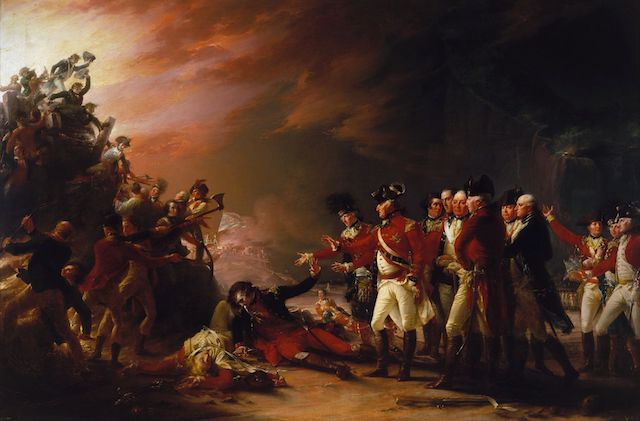
It's good to have friends, especially in battle. Throughout history, allies have come to each other's aid in times of war. The Great Siege of Gibraltar showed that sometimes an ally is all you need, and the main fighters don't even have to be there. It was a Revolutionary War battle that didn't involve Americans.
In the 1770s, Spain and France united to take Gibraltar away from Great Britain under the pretext of aiding the American Revolution. They intended to invade Britain, and the first step was to take Gibraltar. Britain understood the strategic importance of Gibraltar, so they spent years strengthening its defenses before any attack was launched. By 1779, when Spain and France imposed a blockade, the British were dug in with enough supplies to wait out their enemies much longer than expected, which was reinforced by several reinforcements over the years.
For three years and seven months, 7,000 British troops held off 40,000 French and Spanish soldiers, until an armistice was signed. It is not known how many Allied troops were lost, but the British lost 333 men in combat and 536 from disease.
6. The last battle of the War of Independence took place in India.
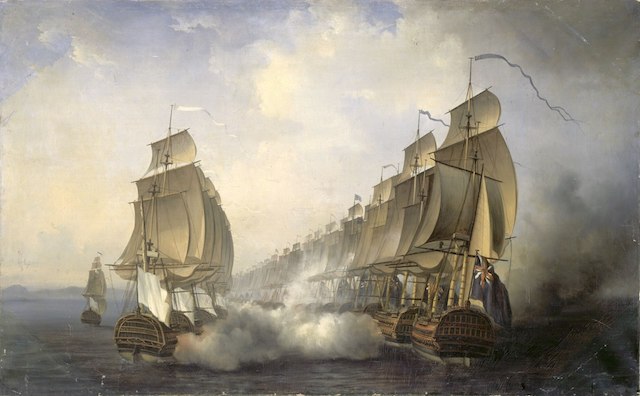
Another example of an ally looking for an excuse to get something for themselves during the Revolutionary War also happened to be the last battle of the war, and it occurred long after Yorktown.
On the other side of the world, India had as many reasons to want to break free from Britain as the Americans. Kingdom of Mysore in India had been fighting the British for years, and after the death of their Sultan, the British were ready to crush the resistance once and for all. They sent soldiers to India, but France, allied with America and Mysore, did the same. The two armies clashed in 1783, two years after Yorktown , which most people today consider the end of the war. In fact, only three months passed before the Treaty of Paris was signed, effectively ending the war.
While the French attacks on the British forces were disastrous, the battle was fought far beyond the borders of both countries, and both suffered greatly. Eventually, the British forces learned of the approaching end of the war in America, and the battle was stopped.
5. The Battle of Tannenberg did not take place in Tannenberg
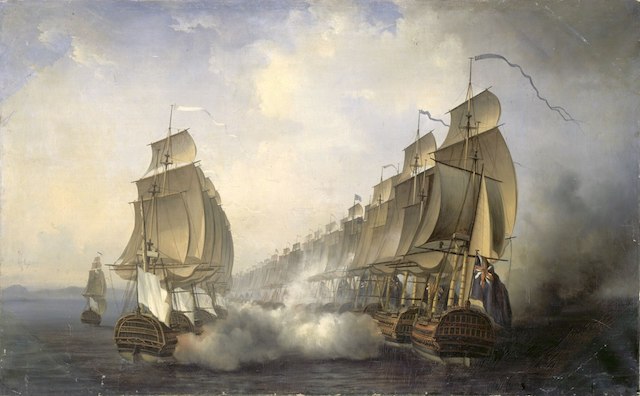
Almost every battle is named after either the place where it took place or, in some cases, what caused it. And then there are Battle of Tannenberg 1914, which did not even take place in Tannenberg, but was named after the Battle of Tannenberg in 1410, purely out of spite.
In 1410, the Teutonic Knights were defeated at Tannenberg by various Slavic forces. Roughly speaking, the Germans were defeated by the Russians. So, fast forward literally 500 years, and in a battle between German and Russian forces at Allenstein, the Germans inflicted a brutal defeat on the Russians, who lost 120,000 people The battle was named after that first engagement as a kind of compensation and a way to mythologize German military prowess by giving them back the victory, even if Allenstein was many miles from Tannenberg.
4. The Battle of Attu took place on American soil.

Most of World War II was fought on European soil, but not all of it. The Battle of Attu was the only battle fought on American soil. In May 1943, Japanese and American forces fought for control of Attu Island , part of Alaska's Aleutian Islands in the North Pacific Ocean, with a population of only 40 people.
The Japanese attacked the islands in June 1942, but it was not until 1943 that US forces recaptured them. On May 11, 12,500 US troops were sent to the island, where they fought Japanese forces for two weeks.
Despite the island's tiny size, the battle was brutal and the terrain unforgiving. More 2100 American soldiers were not driven out by the Japanese, but by disease and non-combat injuries, including frostbite, trench foot, fever, and even starvation. It got so bad that some soldiers threw grenades into the sea to kill fish for food.
More than 1,700 soldiers were killed by enemy soldiers, and when the Americans finally gained the upper hand, more than 2,350 Japanese soldiers were killed, many of them using grenades to commit suicide.
3. German submarines invaded the St. Lawrence River in Canada.
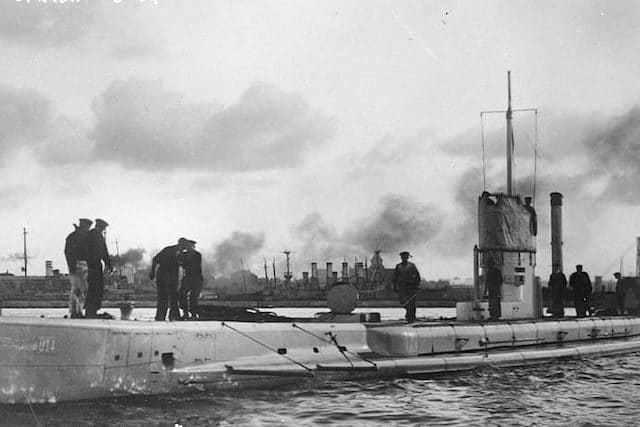
The Battle of the Saint Lawrence River was a naval battle during World War II that took place on a Canadian river. German U-boats sailed all the way up the river to Montreal and for several months 23 ships sank . The Allied forces also lost 70,000 tons supplies. The Nazi forces greatly outnumbered the Canadians, who were unprepared to defend their waters from U-boat attacks. Casualties were heavy, and one ship, a ferry from Nova Scotia to Quebec, sank with women and children on board.
Initially, there was no air support and almost no protection along the waterway, as it had never been a military target in the past. Although protections were eventually put in place, the cost was significant.
2. The Battle of Brisbane during World War II was fought between the Americans and Australians.

Battles during World War II took place all over the world, hence the name. But one battle that is often overlooked is the Battle of Brisbane. It took place in Brisbane, Australia, and involved Australians and their American allies. It wasn't technically an armed conflict, but it got out of hand.
For two days in November 1942, American troops stationed in Brisbane for most of the year as part of the defence against Japan after Pearl Harbor lost the hospitality of the locals.
Although the Americans were well received at the beginning of the war, some chatter American General Douglas MacArthur soured relations. The Americans had better food than the local Australians, were better dressed and were known to charm local women, which caused more resentment.
November 26 Several Australian soldiers abandoned insults directed at an American. An MP intervened and was then punched. Within fifteen minutes, 3,000 soldiers were fighting in the streets. The MP shot an Australian soldier and wounded several others. The fighting was soon quelled for the night, but it flared up again the next day.
1. The battle for the B-R5RB with a prize pool of 300,000 USD was held entirely online

Wars are expensive affairs, and they can cost countries billions of dollars. But these are all real-world wars, and they have real costs. Bullets, planes, and soldiers don’t just grow on trees. The battle for B-R5RB took place entirely in virtual space, and it still cost $300,000 in real currency for everything that was lost.
In the world of online gaming, things can sometimes get out of hand. That’s one way to describe this battle from 2014. The battle began when a group of players who controlled a star system called B-R5RB forgot to pay their monthly bill to keep it. Essentially, they rented a space and forgot to set it up to automatically pay for in-game currency, so it was repossessed and put back up for sale.
Thousands of players fought for control of the system, which was the staging ground for a major in-game alliance. No one planned for the sector to be abandoned. It was a complete accident, meaning that gaining control of it was urgent. Players from all over the world banded together to take control. The battle that followed was one of the largest in online gaming history at the time. More 12,000 people watched the events unfold live. It lasted for almost 22 hours straight.











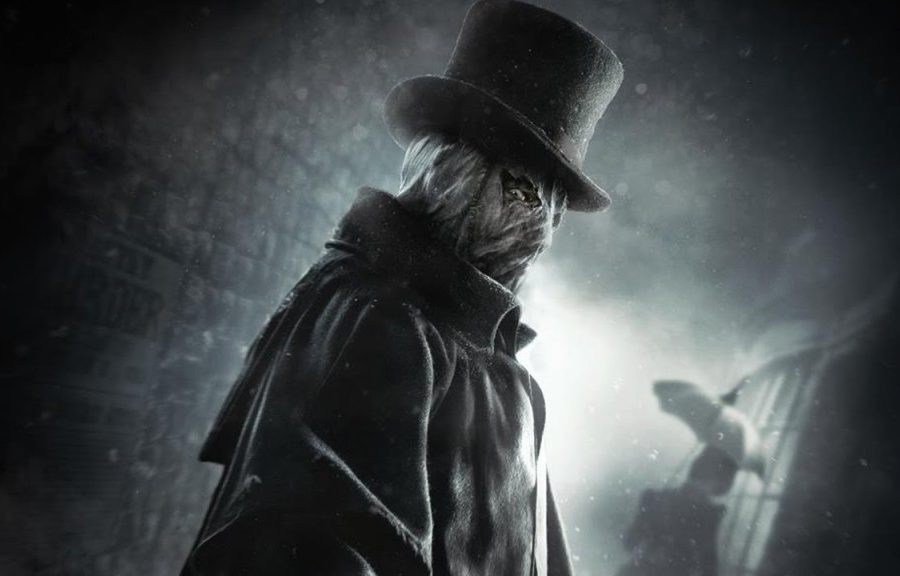

Оставить Комментарий